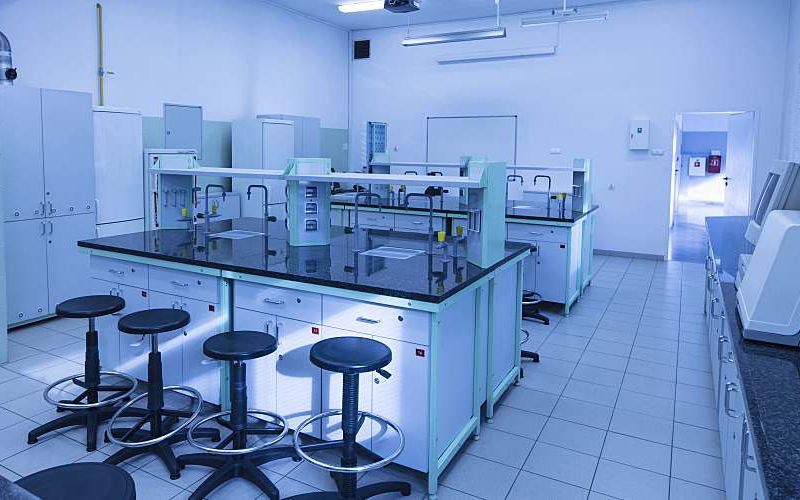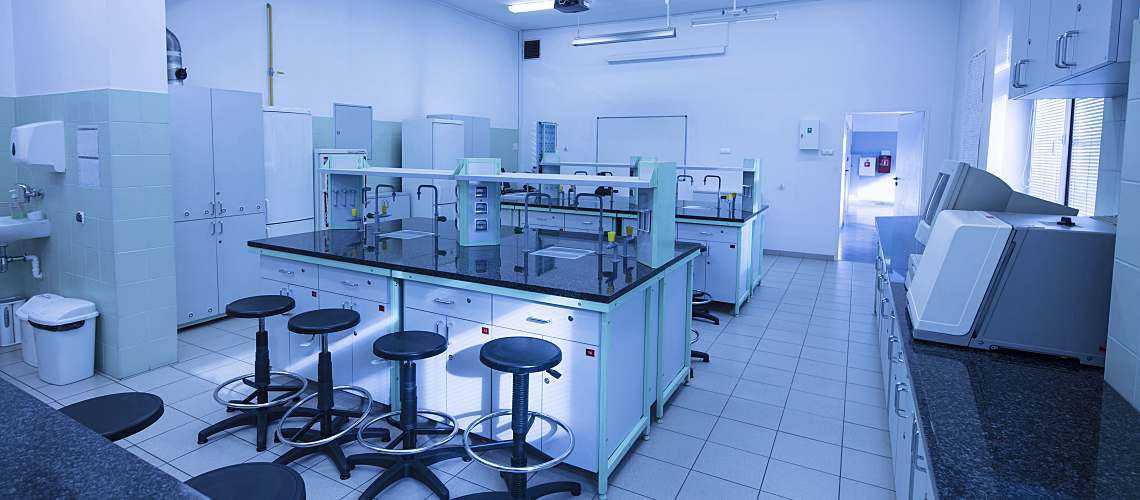New COVID-19 Safety Guidance From OSHA: What Labs Need to Know


The COVID-19 pandemic is sweeping the globe, shuttering many businesses in its path. Those carrying out essential functions, like your water testing lab, remain open and operational to prevent disruption to critical services.
The Occupational Safety and Health Administration (OSHA) notes that the risk of exposure is low in most job sectors. However, those working in areas such as healthcare and air travel are at higher risk. Without the proper controls, the COVID-19 virus may also spread in your lab environment.
To help businesses safeguard their operations and workers, OSHA released its Guidance on Preparing Workplaces for COVID-19. This material details engineering, administrative, and work practice controls that can help prevent the spread of COVID-19, as well as other operational considerations for employers.
Be sure to regularly check back on these guidelines to see if any updates are made during the pandemic. Here are the key current takeaways from the guidance for lab managers, including practical strategies and tips aimed at helping you reduce the COVID-19 outbreak's impact on your organization.
Create an Infectious Disease Preparedness and Response Plan for Your Lab
OSHA recommends creating an infectious disease preparedness and response plan if your lab doesn't already have one. The plan should account for the level of risk associated with different worksites and tasks, including:
- How workers might be exposed, such as through close collaboration on the bench.
- Nonoccupational risk factors like home and community risks.
- The risk factors of individual workers, such as age and medical conditions.
- Controls needed to address these risks.
Your plan should also account for situations that sometimes accompany a crisis, including:
- Increases in absenteeism.
- Needing to stagger work shifts to ensure distancing of at least 6 feet between individuals.
- Having to downsize operations for social distancing or due to absent workers.
- Having individuals work remotely.
- Supply chain disruptions and delivery delays that impact testing commitments.
Implement Infection Prevention Measures to Protect Your Employees
Since many of your lab employees can't work remotely, it's crucial that you implement infection prevention measures to keep your workforce safe. These may include:
- Promoting frequent and thorough hand-washing with soap and providing hand sanitizer with at least 60% alcohol in places where soap and running water aren't available.
- Asking sick workers to stay home.
- Encouraging workers to cover coughs and sneezes with a tissue or their elbow.
- Adopting staggered scheduling.
- Discouraging sharing equipment.
- Routinely cleaning and disinfecting surfaces and equipment with Environmental Protection Agency-approved products.
- Following good lab practices (GLP) related to lab hygiene.
Additionally, ensure that your leave policies aren't keeping potentially infectious people at work. Don't require a doctor's note from employees who are feeling ill; allow them to stay home, no questions asked. Also, allow more flexibility during this time so employees can care for sick family members.
Isolate Sick Employees to Curb Transmission of COVID-19
Keeping potentially infectious workers away from others is critical to preventing the spread of COVID-19. Ask employees to monitor themselves for symptoms of COVID-19 laid out by the Centers for Disease Control and Prevention. You should also develop policies and procedures for employees needing to report a diagnosis.
Some high-risk workplaces, such as hospitals, are requiring employees to take their temperature before entering the building. While labs are considered lower risk, these types of proactive practices can help you keep employees who are unknowingly ill from spreading COVID-19 to their coworkers. And, perhaps more importantly, it enables them to get the care they need sooner.
Have Workers Follow Safety Controls Recommended by OSHA
The OSHA guide covers the hierarchy of controls companies should follow to protect their workers from COVID-19. In order of descending effectiveness, these are the engineering controls, administrative controls (including safe work practices), and personal protective equipment (PPE) they recommend.
Engineering controls to isolate lab workers from hazards of COVID-19 include:
- Using high-efficiency air filters.
- Increasing ventilation rates.
Administrative controls or policy changes that can reduce the spread of COVID-19 in the lab include:
- Asking sick workers to stay home.
- Implementing remote work practices.
- Adding extra shifts to reduce the employees in the lab at any given time.
- Developing emergency communications plans, educating workers on COVID-19, and providing them with an outlet to bring questions and concerns.
- Providing training refreshers on GLP.
Safe work practices are administrative controls that reduce exposure to a hazard. In the context of preventing viral transmission, this means:
- Providing a hygienic environment with tissues, no-touch trash cans, soap, disposable towels, hand sanitizer, and disinfectants for keeping lab spaces clean.
- Requiring lab employees to wash hands their hands regularly and posting reminders to do so throughout the lab.
Lab workers should continue to wear their normal PPE, such as gloves and safety goggles, as necessary.
Why Creating a Safe Workplace Is More Crucial Than Ever
Employees can carry COVID-19 without experiencing any symptoms. That's why labs must take whatever preventive steps they can to curb transmission in order to protect their workforce from this sometimes fatal disease. Not only that, but employers have a duty under federal law to provide employees with a workplace free of recognized hazards that could cause them harm.
Nobody knows how long the COVID-19 crisis will go on, or what its total impact will be. Organizations caught unprepared are more likely to sustain lasting damage, while those preparing now are positioned to protect their workers and come out the other side stronger. By following the guidelines set out by OSHA, your lab can implement protective measures that safeguard your workers and organization at large during this global pandemic.






